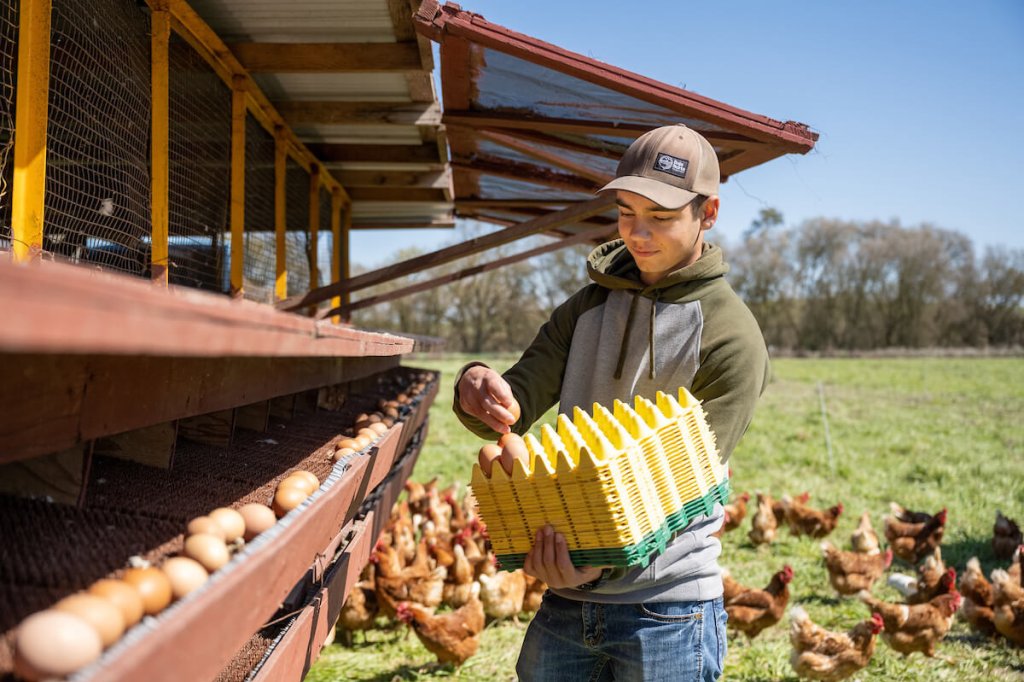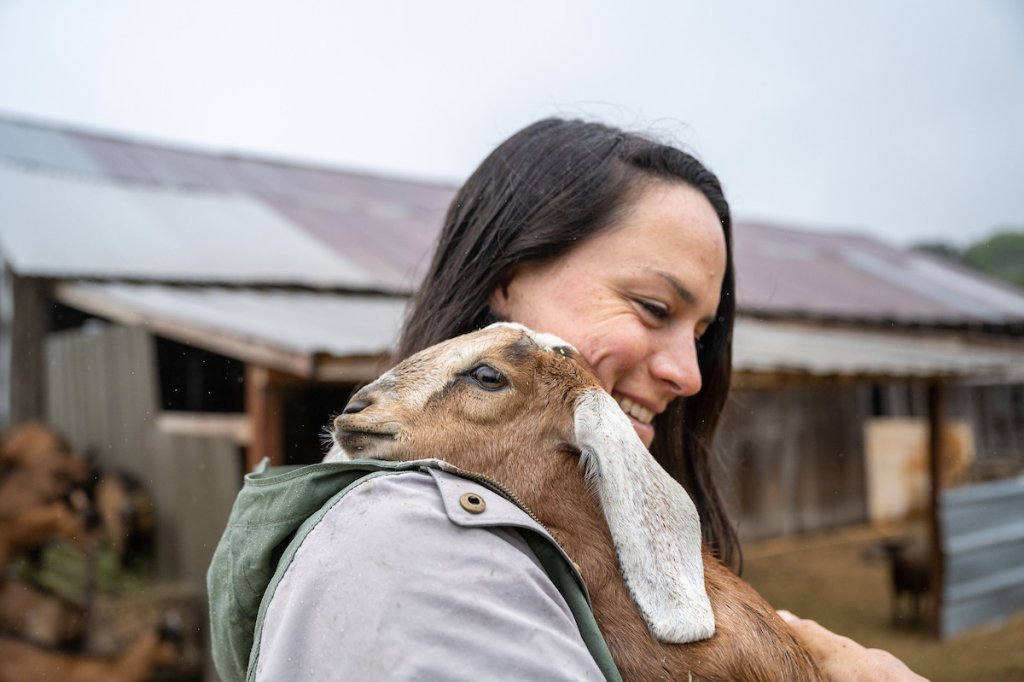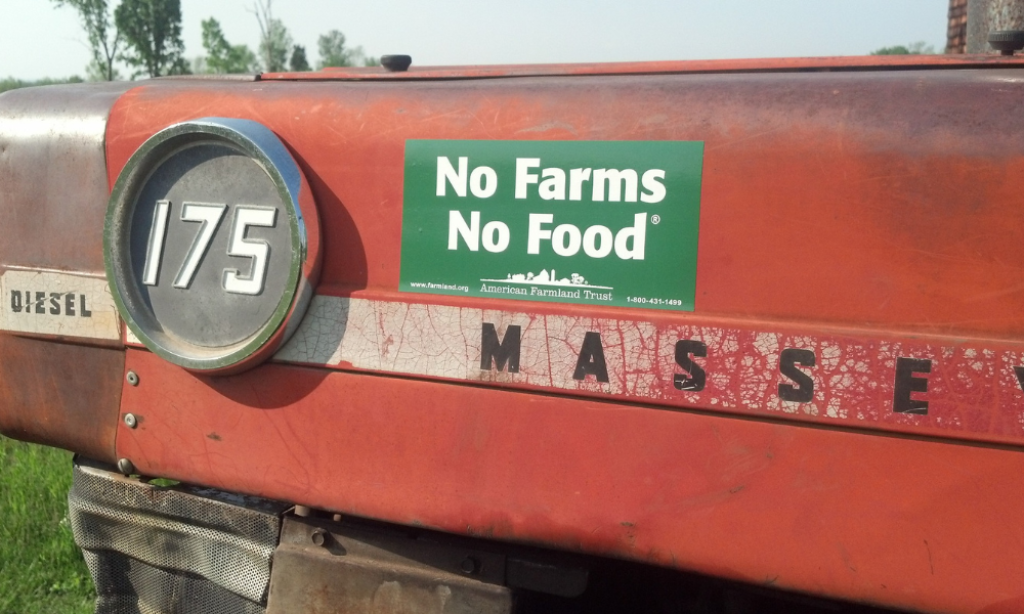Colorado River Challenges Pose Risks to Western Agriculture
Colorado River at the Hoover Dam by Jim & Robin.If you eat broccoli, kale or carrots in the winter, chances are the Colorado River irrigated those Western agricultural crops. In fact, the Colorado River irrigates 3.2 million acres within the Colorado River Basin and 2.5 million acres outside of the basin in places like California’s Imperial Valley. That’s a total area nearly the size of New Hampshire.
The Colorado River, which provides water for 40 million people, is flowing at some of the lowest levels ever seen amid a severe drought that has gripped the Southwest for decades. Agriculture is the largest component of the Colorado River Basin economy, with U.S. states in the basin generating over $60 billion in crops and livestock each year.
On April 11, the federal government laid out two historic proposals for preventing the Colorado River’s depleted reservoirs from falling to critically low levels, saying water cuts could be imposed across the Southwest by following the water-rights priority system or by using an across-the-board percentage. Both plans come with their own set of implications for Colorado River basin states, which include Arizona, California, New Mexico, Colorado, Utah, Nevada, and Wyoming.
The stakes in the decision are high for California, which receives the largest share of water from the Colorado River, as well as for Arizona and Nevada. Imposing an equal across-the-board cut would hit California harder, particularly in agricultural regions, while strict adherence to the water-rights priority system would bring larger reductions for cities like Phoenix and Las Vegas.
The proposals seek to cut the amount of river water supplied to cities and farms in the Southwest by as much as 2 million acre-feet in the near-term. That is more than a quarter of the water allocated to the region. For context, an acre-foot fills one acre of land with one foot of water and is roughly the average water use of two houses annually.
Nearly 80% of Colorado River water goes to supporting the agricultural regions that feed the United States and world. Many farmers reliant on Colorado River water worry about what cuts could mean for people’s livelihood.
Colorado River Valley and Fruit Cooperative vintage photo by WaterArchives.org.With 90% of the winter vegetables coming from Colorado River water supplied to California’s Yuma, Coachella, and Imperial Valleys, difficult decisions will continue to be made surrounding Western agriculture. There is potential for dramatic financial and social impacts to these important agricultural regions, which includes an increase in the cost of food.
Finding common ground and working toward solutions to make sure the Colorado River is there for all who depend on it, will continue to be a tremendously challenging and complex task with a variety of social, environmental, and economic impacts for many communities.
Recent proposals from the federal government could still change in the coming months and a solution somewhere between the two options could emerge as representatives of states, agriculture, water agencies, and tribes continue negotiations on how to address the chronic water shortages.
Farmers and ranchers, and their stewardship of their land and water resources, are critical to any solution for the Colorado River. They will need to continue adapting to dwindling water resources even further to maintain their farm or ranch’s viability. Whether it be through crop changes, irrigation efficiencies, strategic land retirement, or renewable energy development, each solution will come with its own set of tradeoffs to consider. However, the need for robust support to help keep agriculture resilient in the West will remain essential for the nation’s food security
Learn how AFT’s Resilient Agriculture West initiative is leveraging national capabilities and strategic alliances to build a more resilient Western agriculture.



